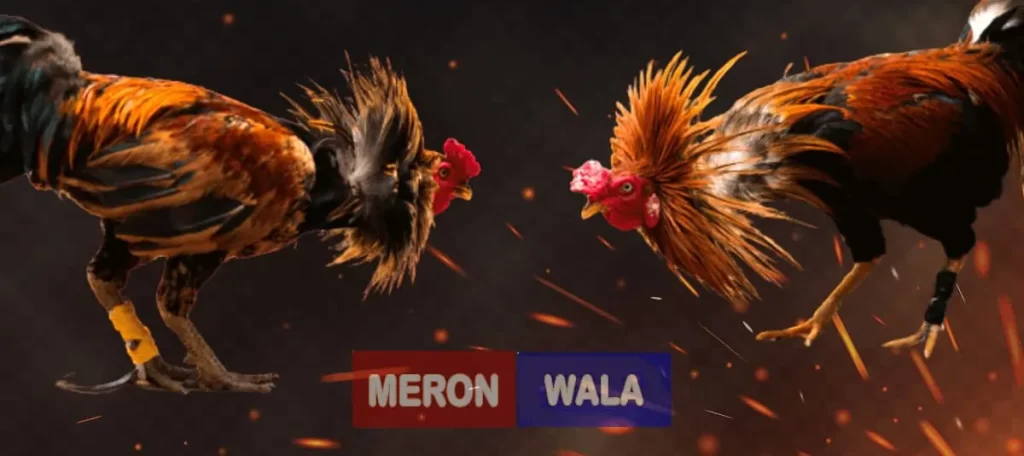The Journey of a Sabong Grandmaster: From Amateur to Champ
Wiki Article
Tricks of the Sabong Grandmaster: Mastering the Art of Cockfighting
The detailed globe of cockfighting, specifically as practiced by the Sabong Grandmaster, provides a remarkable research study in the assemblage of animal habits, training techniques, and competitive strategy. To really comprehend the subtleties of this art form, one should check out how the Grandmaster harmonizes the emotional and physical facets of rooster training while browsing the honest factors to consider inherent in this typical practice. What are the critical insights that divide the amazing from the ordinary in this world? Recognizing this could redefine one's point of view on the sporting activity and its experts.History of Cockfighting

As the centuries progressed, cockfighting spread throughout different continents, adjusting to social characteristics and regional custom-mades. In medieval Europe, it got popularity among the nobility, who regarded it as a display screen of riches and status. By the 17th century, the sporting activity had developed itself in England, causing the formation of formalized policies and rules.
In the Americas, particularly in the Caribbean and the Philippines, cockfighting took on one-of-a-kind qualities affected by native techniques and colonial histories. Today, while the sport stays controversial and faces legal challenges in numerous regions, its historical significance remains to trigger conversations concerning pet civil liberties, social heritage, and societal values. The development of cockfighting reflects wider motifs of human interaction with nature and the intricacies of practice.
Recognizing Fowl Behavior
Understanding rooster actions is important for those entailed in the sport of cockfighting, as it directly affects health and wellness, training, and efficiency. Roosters display a series of behaviors that can indicate their physical and emotional states. Notably, hostility, territoriality, and social pecking order play considerable functions in their attitude.Aggressiveness is an all-natural reaction in fowls, mostly driven by the requirement to assert supremacy. Observing interactions among roosters can disclose their position, which is crucial for handling their atmosphere. A confident rooster shows a much more assertive posture, while a passive one might reveal indicators of anxiety or anxiety, such as crouching or preventing eye call.

Training Techniques for Champions
Efficient training techniques are vital for developing champ roosters that stand out in the affordable arena of cockfighting. An organized method makes certain that each bird reaches its full capacity, combining physical fitness with psychological perseverance.To start, establishing a constant training routine is important - Sabong Grandmaster. This consists of daily exercises that improve toughness, agility, and endurance. Routines might involve controlled competing sessions with both real-time and synthetic opponents to mimic competitors, permitting fowls to develop their battling abilities in a secure environment
Incorporating agility drills, such as challenge training courses and leaping exercises, considerably enhances a fowl's physical capacities. Furthermore, presenting diverse surface areas and surfaces can boost their adaptability during fights.
Mental training ought to not be ignored. Acquainting the birds with the audios and views of an affordable setting can reduce stress and anxiety on fight day. Additionally, positive reinforcement techniques, such as gratifying desirable habits, can impart confidence in the roosters.
Finally, preserving a calm and assertive presence throughout training sessions cultivates trust fund in between the handler and the rooster, crucial for attaining ideal performance. Together, these strategies create a detailed training program that cultivates champs all set to master the arena.
Health and Nourishment Fundamentals

Including a mix of wheat, barley, and corn gives necessary carbohydrates, while protein sources such as fish meal, soybean meal, or bugs sustain muscular tissue growth and recuperation. Additionally, incorporating fresh vegetables and fruits can improve the general nutritional profile, providing antioxidants that improve the body immune system.
Hydration is similarly crucial. Accessibility to tidy, fresh water must be a concern, as dehydration can badly influence efficiency (Sabong Grandmaster). Routine health and wellness More Bonuses examinations are vital to keep an eye on for any type of prospective diseases or parasites that could compromise a fowl's problem
Moreover, the timing of feed is vital. Offering nutrition at ideal periods makes certain that fowls maintain power degrees throughout their training and recuperation stages. By concentrating on these health and nourishment fundamentals, sabong enthusiasts can help their fowls accomplish optimal efficiency in the competitive arena.
Approaches for Effective Matches
Success in cockfighting joints on a mix of tactical prep work and in-ring techniques. Efficient suit methods begin long prior to the fight, with careful option of the rooster. Dog breeders ought to prioritize hereditary traits such as durability, endurance, and hostility, guaranteeing that the selected bird shows a solid lineage of performance.Training is crucial; fowls should be conditioned with a routine that includes physical workout, sparring with various other anchor birds, and direct exposure to different settings. This preparation not only constructs strength yet also boosts the bird's adaptability to different challengers.
During the match, a trainer has to employ keen monitoring and fast decision-making. Recognizing the opponent's techniques allows for timely modifications, such as changing the fowl's stance or motivating a lot more hostile behavior. When to encourage or limit the bird can imply the difference in between success and loss., timing is critical; knowing.
Finally, preserving a calm attitude throughout suits cultivates self-confidence in the fowl. A well balanced strategy, combining both mental and physical preparedness, ultimately leads to successful outcomes in the arena, demonstrating that proficiency in cockfighting is as much concerning approach as it is about the birds themselves.
Verdict
The mastery of cockfighting, as exemplified by the Sabong Grandmaster, pivots on additional reading an extensive understanding of rooster actions, efficient training techniques, and optimum health and wellness and nutrition. Inevitably, the tricks of the Sabong Grandmaster lie in the unified balance of these elements, making certain the continued heritage of this ancient sporting activity.To genuinely understand the subtleties of this art type, one have to check out how the Grandmaster balances the physical and psychological aspects of fowl training while navigating the moral considerations integral in this conventional technique.Understanding fowl behavior is necessary for those involved in the sporting activity of cockfighting, as it directly affects wellness, training, and performance.Preserving optimum health and nutrition is essential for ensuring that roosters get to peak efficiency in the cockfighting arena. Supplying sustenance at appropriate intervals makes certain that roosters maintain energy levels throughout their training and recuperation stages.The mastery of cockfighting, as exemplified by the Sabong Grandmaster, hinges on a detailed understanding of fowl behavior, effective training methods, and ideal wellness and nourishment.
Report this wiki page